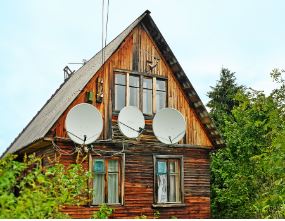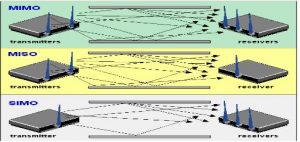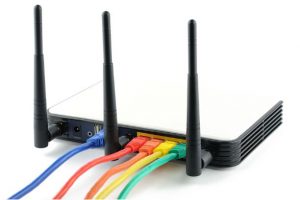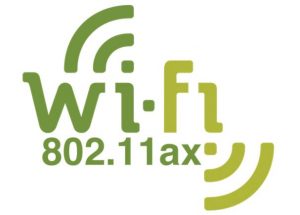Short-Range Wi-Fi for Connected Rural Living

You know the struggle of finding effective, affordable internet in rural America as well as I do. While, in other parts of the country, never ending buffering and hour-long downloads are a thing of the past, both are still very real to the many rural dwellers who live out of reach of cable and DSL internet lines.

To address the problem, the Federal Communications Commission (FCC) and the Department of Agriculture (FDA) has invested over $260 billion in mobile broadband expansion over the last seven years. This money goes into wireline and mobile broadband projects that deliver internet access to isolated communities. Indeed, long-range wireless solutions, like mobile broadband, are the main focus of any conversation on rural broadband expansion these days, but should it be?

Focusing on long-range wireless internet as the only solution for rural communities is “short” sighted, since better short-range Wi-Fi technology is an essential part of the rural internet equation. While establishing that initial (wireless or wired) connection between the provider and the customer is the first step, efficient Wi-Fi technology in the home makes the most of what are often sub-par connections.
Luckily, Wi-Fi technology – the short-range systems that broadcast internet to a business or residence – is evolving much faster than mobile broadband. Three modern standards – 802.11ac Gigabit Wi-Fi, 802.11ax Wi-Fi, and 802.11ad – make the most of your internet connection, no matter how sketchy it is.

Wi-Fi is almost twenty years old, but it’s changed a lot in the last two decades. Approved by the IEEE in 2014, the most recent Wi-Fi standard is 802.11ac Wi-Fi, also known as Gigabit Wi-Fi. The newest generation utilizes multiple-input, multiple-output (MIMO) antenna technology and downloads at theoretical speeds of between 1.2 and 3.2 Gbit/s (hence the name). As with many new Wi-Fi products, 802.11 ac transmits exclusively over the less congested, high frequency 5 GHz band.

M= Multiple | S = Single | I = Input | O= Output
Although today’s devices still don’t utilize the full potential of 802.11ac, this standard provides the fastest, commercially available, widely available Wi-Fi connection. Virtually all modern devices – from the new Apple TV to your Android smartphone – support the Gigabit Wi-Fi standard. Your older devices are also compatible if they transmit over the 5 GHz frequency band (i.e. use 802.11a or 802.11n).
Gigabit Wi-Fi is the current gold standard in wireless local area networks (WLANs), but new kid on the block, 802.11ad, is already giving it a run for its money in some high-tech markets. This new standard transmits exclusively over the high-frequency, super short-range 60 GHz frequency band. The standard transmits data at up to 7 Gbit/s, more than twice the maximum speed of Gigabit Wi-Fi.

Unfortunately, because it has such a short range and because few devices are designed to transmit at 60 GHz, the 802.11 ad standard is not particularly useful for commercial applications.
Huawei and others are still developing the newest standard – 802.11 ax – which they will likely release to the public in 2019. This new standard uses Orthogonal Frequency-Division Multiple Access (OFDMA) technology, alongside MIMO, to process data from multiple users simultaneously. According to Huawei, 802.11 ax already reaches speeds of up to 10 Gbit/s in testing. It transmits over the 2.4 and 5 GHz bands.

Short-range Wi-Fi is the final step in getting an internet connection from the provider to the devices of rural customers. In your search for the best internet connection, don’t forget to stay up to date on the most recent, most efficient Wi-Fi routers.




